RESEARCH BLOG
Esophagus Organoids - On - Chip
Multi-layered microfluidic chip is being developed to facilitates esophageal tissue engineering. 3D scaffold will be looked for micro-environmental facilitation for the cellular integration for the formation of functional esophageal segment. it will evolve as an esophagus organoid - on - chip model.
Skin Organoids - On - Chip
Regeneration mechanisms of deep-layer skin wounds in response to treatment with poly-electrolyte hydrogel complex dressings and gene therapy is being employed in this study. Skin wound model is being implemented in form of Organoid model on chip for validating regeneration of skin wound in presence of RGD factors and gene therapy (this part is done in collaboration with Dr. Ilnur and his group).
Vertebral Disc Organoids - On - Chip
Development of Patient Specific Vertebral Disc joint implant with multi-components designing approach is being initiated in collaboration with Prof. Paul and A-Spine Technology, Taiwan. A miniaturized version of the intervertebral disc will be formulated in form of functional components to study the loading behaviour of the implant fixator at Organoid level. Non-isotropic implant for intervertebral disk replacement will be designed and the implant is developed using 3-D printing technology. The developed implant will be further tested in-vivo and proceeded for clinical trials.
Point-of-care device development
Development of Microfluidic platform for point-of-care diagnosis of sickle cell anaemia of Chhattisgarh is the recent work being adopted by this lab in collaboration with Samplytics Pvt. Ltd, India. The group is also working for development of a microfluidic system for dispensing and filter larger volume of urine sample at a high rate in order o produce a point-of-care dialysis unit. Another segment of point-of-care device includes development of strategic microfluidic devices for preservation of stem-cells at laboratory scale within the lowest infrastructure set-up.
Cognitive Foot-sole development
Foot sole complementary to foot pressure distribution is a trivial phenomena which effects human Gait cycles. On recent study conducted by us, a strong co-relation has been formulated between foot pressure adopted by individual and the corresponding cognitive resources being spend. With the evolution, it has been noticed that both brain and foot size decrease, whereas, cognitive resources is expanding. Therefore, our key interest is to develop foot-sole which would assist in management of cognitive resources.
Cognitive Neuroscience
Our primary focus is to investigate neurocogntive and neurobiological mechanisms of human brain in relation to real-world problems such as conflict, terrorism, war, decision making, poverty, hunger and corruption. Our group is devoted to understand neurobiological signatures of these problems by employing cognitive-psychology, neurocogntive and population neuroscience methods. Using linguistics and non-linguistics stimulus, we create a micro phenomenon of human problems in our neuroscience laboratory. Further, to understand neurobiological mechanisms of stress and mood disorders, we are concentrated on pharmacological effects of antidepressant and mood stabilizers in conjunction with organic mechanisms of Yogic and Meditation exercises.
Retinal Organoid On-Chip
It is the most ambitious research project jointly being conducted by ONLAB members and collaborators from IIEST Shibpur. The main objective of this project is to develop a complete 10 layers retinal segment integrated within microfluidic chip, with accessibility each layers for predicting various optical features of the developed retinal segment at invitro condition.
FACILITIES





3D Printer
Centrifuge Machine
Micro Viscometer
Digital tube rotator
16 Channel EEG recording system



Deep freezer
Centrifuge Machine
Magnetic Stirrer

Vortex meter


Microscope
Ultrasonic Cleaner

Laminar flow cabinet

Autoclave

CO2 Incubator

Lyophilizer

